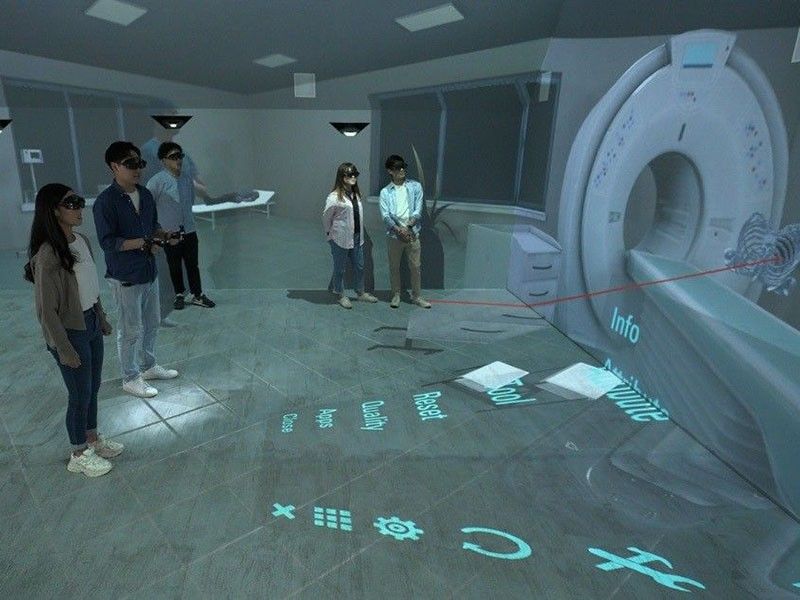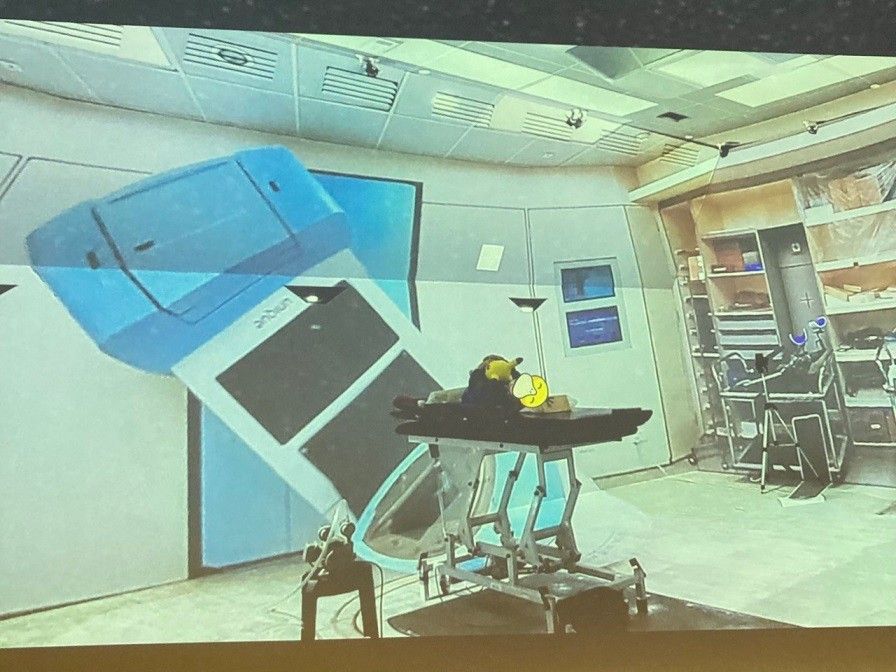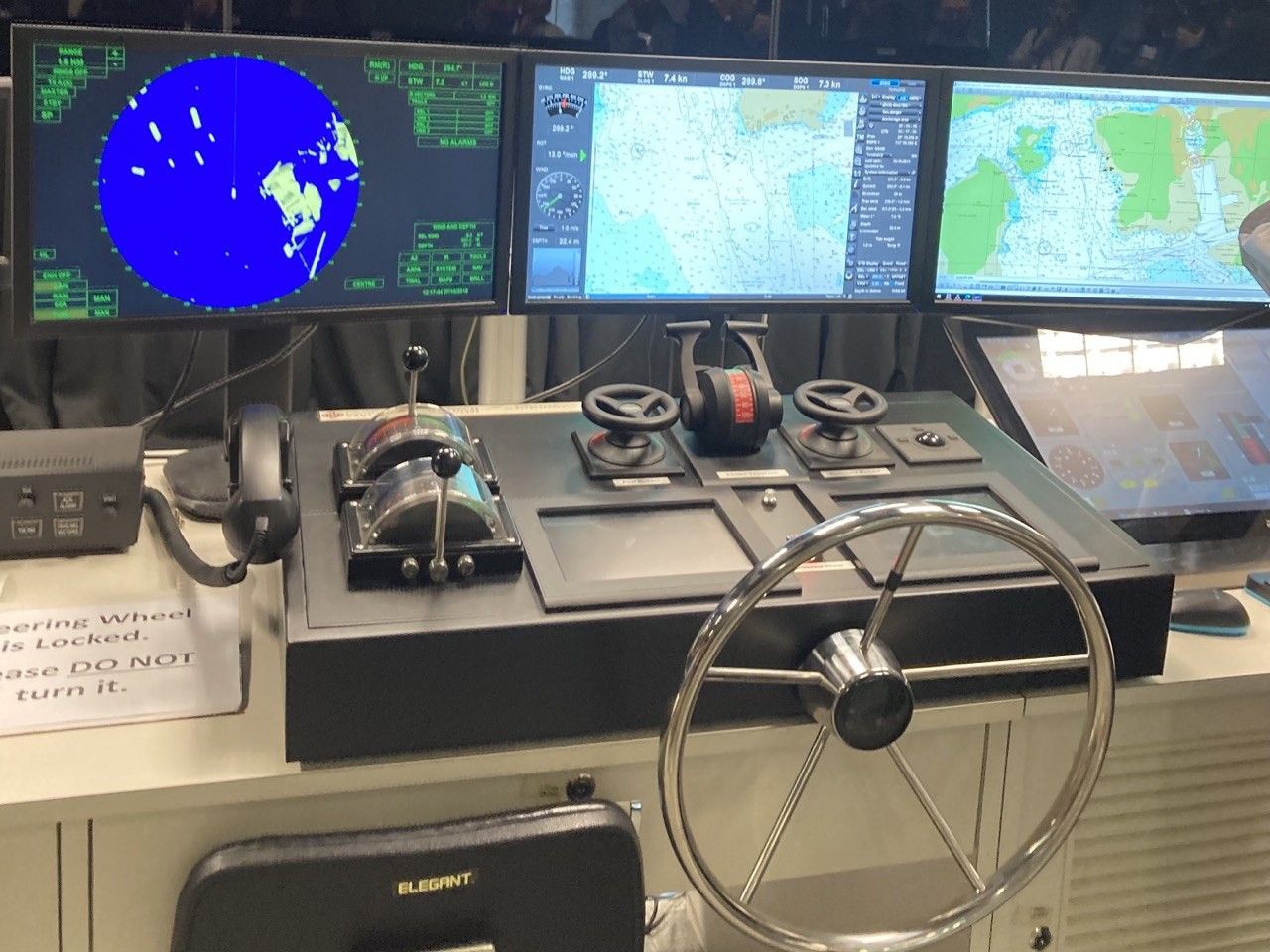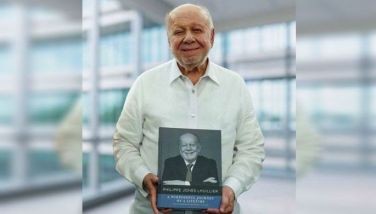How well-funded polytechnic universities can lead the way in innovation and tech

HONG KONG, People’s Republic of China — Polytechnic universities have been described as unsung heroes in countries' higher education landscapes, especially for countries with unstable job markets and increasing unemployment.
Through its name alone, polytechnic institutes combine the in-depth academic study found at traditional universities with practical, technology-based skills training. Learning at polytechnic schools often depends on internships and industry exposure, opening doors for employment early into a fresh graduate’s career.
In the Asia-Pacific region, about 500 million workers are either jobless or looking for more work, according to conservative estimates. Prices of basic goods in the Philippines and the Asia-Pacific region have been forcing workers to look for additional income on top of their regular 40-hour work week.
In the Philippines, the Polytechnic University of the Philippines (PUP) has been described as a "backbone of the Philippine economy" by its president as part of a campaign to grant PUP institutional and fiscal autonomy.
While PUP’s administration has been hoping to get an autonomous status to enjoy whopping increases in its annual budget, the Philippines’ Commission on Higher Education is not yet entirely convinced of the need to tag PUP as a national university.
Like any school, funding can make or break the quality of education. For polytechnic schools, a bigger budget means greater facilities for skills training.
What does a well-funded polytechnic institute look like in other countries?
Virtual technology shaping Hong Kong’s medical education
At Hong Kong’s Polytechnic University — the largest government-funded university in Hong Kong and one of the largest and densest campuses in the world — the availability of virtual reality technology allows its health-allied students to experience a hospital setting on campus.
For instance, radiography students at Hong Kong's Polytechnic University (HKPU) have access to a six-sided three-dimensional room called the Hybrid Immersive Virtual Environment (HIVE), which brings students to a realistic hospital setting where they can practice and refine their skills in a safe and immersive environment.
Students who don’t have a regular chance to go to a radiotherapy room are immersed through the HIVE, which also depicts an accurate setting of a radiotherapy room complete with buttons and facilities, said HKPU Associate Professor Shara Lee.
This year, the university started holding workshops at the HIVE room that included radiotherapy preparation for children with cancer. Part of the training was to expose children to moving images that helped manage their anxiety during radiotherapy sessions — treatment that required them to be separate from their parents for long hours.
“You need a patient to lie flat on a couch or bed for 15 to 30 minutes, not one time, but three to 35 times. If you ask a child like a six-year-old boy to do it, it’s not easy. So you usually put them to sleep – anesthesia or sedation — which is not good for them, because you need 35 times of anesthesia,” Lee said.
To prepare children and their parents for these sessions, the HKPU radiography department asked its students to bring pediatric patients and their parents to the HIVE room for “practice” sessions of lying still using interactive images.
In one immersive reality experience, children are instructed to lie still to protect a character - such as Pikachu or a Pokemon character - from falling from a roller coaster.
“We use games and tell them stories to guide them through staying still. This is enhanced by the fact that they are surrounded with these moving images that make it seem like real life,” Lee said.
With the help of actual radiation therapists, academics and the parents themselves, the workshops reduced the need for anesthesia among 81% of children who participated in the training.
“If they manage to lie flat for 35 times by themselves, we don’t need sedation. We save them from 35 times of sedation,” Lee added.
Another representative of the team said that what HKPU teaches its students is to harness available technology to make radiation therapy “less of a hardship” for children and their parents.
Students in the social sciences can also benefit from immersive reality classrooms by holding semi-"exposure" trips combining video clips taken while on a community visit and virtual reality.
Open for the use of students from all disciplines, the HIVE room can also simulate fire outbreaks and project the facilities for medical procedures and aircraft maintenance to prepare students in a controlled environment before their skills are put to the test.

In the Philippines, the country's agency focused on technical vocational education, the Technical Education and Skills Development Authority, has also pilot tested the use of extended reality (XR) technology to train students in handling heavy equipment.
Specifically, seven TESDA students have mastered the use of XR technology and passed their ceritification in Heavy Equipment Operations - Hydraulic Excavator.
Maritime knowledge enhanced by simulator
Around the world, maritime education and training require the use of simulators, which is guided by international standards. HKPU also uses a simulator to train its students to practice operating modern mega-ships and honing their proficiency in operating various ship bridge equipment.
The university’s Maritime Simulation Laboratory provides students with the actual dashboard they have to master in dealing with potential risks during night voyages in tight channels or ports, or in poor visibility.
For instance, under the guidance of their instructors, students take control of a 430-meter-long container ship during a nighttime journey from Hong Kong to Mainland China.
This training helps students improve their lookout skills, ship command, navigation, radar use, and electronic chart operation.

An HKPU professor said that besides the need for funding to make their programs successful, industry partnerships form the “bread and butter” of their education services.
“It is good to have long-term strategic partnerships with companies, because we take the request and advice or suggestions and then we can convert that into new features (of our programs),” the HKPU professor said.
Disclosure: Reporting for this story was made possible with support from the Hong Kong Government's Information Services Department (ISD). This article was produced following editorial guidelines and ISD did not have input on how the story would be written.
- Latest
- Trending














